Stargard 2024-05-21
Stargard an der Ihna railway station.
Geographic coordinates: 53.345N 15.022E. Elevation 31 m.
In 1844, i.e. in Prussian times, the Stargard railway station was opened. The name Stargard is the current name. Initially, it was Stargard Pomorski, then Starogród nad Iną, then Stargard Szczeciński and since 2016, Stargard. At that time, a railway line was being built, which was to connect Szczecin – Poznań. The first train from Szczecin entered the station in Stargard on May 1, 1846. The section to Poznań was not yet ready. The first train from Stargard reached Poznań on August 9, 1848. In the period 1856-1859, the Stargard – Koszalin railway line was built. At the end of the 19th century, further connections were built to Piła and to Kostrzyn via Pyrzyce. The railway station had a major impact on the industrialization of the city.
Already in 1859, when the station became a junction station, Stargard was selected as the location for the establishment of railway workshops. Full name: Railway Repair Workshops (Ausbesserungswerk Stargard). In 1856, construction of workshop facilities began. The founder was the company; the Berlin-Szczecin Railway Company. A locomotive shed, a forge, a mechanical workshop and others were built. Already in 1869, due to the growing demand for repair services, the locomotive shed was expanded. More machines and equipment were purchased. The premises of the plant included a wagon repair hall and a steam locomotive repair hall. The plant employed about 110 workers, including several engineers. In 1879, the Railway Workshops were nationalized and their owner became the Prussian state treasury.
In 1910, the workshops were still being expanded and were then the second largest railway workshop in Prussian Pomeranian West Pomerania after Szczecin. Up to 20 steam locomotives, up to 6 tenders and up to 75 wagons were repaired at the same time. Another 150 rail vehicles could stand on the side tracks on the premises of the plant for repair or for collection by the client. Steam locomotives from Borsig and Vulkan were often seen here.
In 1914, the Railway Workshops changed their name to the Main Workshops (Hauptwerkstatt Stargard). At that time, the Germans started the Great World War. The number of locomotives and wagons repaired increased, and employment increased to 1,000 people. In 1916, the next expansion of the workshops began. A forge with 33 blacksmith stations, 4 air hammers and a hydraulic press was put into use. A new locomotive shed was built, which included 54 stations.
In 1923, the Railway Workshops were renamed to the Railway Repair Works (Reichsbahn Ausbesserungswerk Stargard). The organization of the plant was changed. The plant was divided into six departments: locomotive, wagon, technical and service, material, transport and administration. The plant was equipped with new machines and devices; hoists, cranes, new lighting, many electrically powered machines. In 1927, all workshop buildings were connected by telephone lines.
In Prussian times, as employment increased, construction of apartment blocks for employees began near the workshops, on the site of today’s Chopin estate. Over 150 apartments were built. From the beginning of the 20th century, the city of Stargard an der Ihna was multi-denominational, but it was also a strong center of Freemasonry, and then of communism, whose ideologies penetrated here from Berlin. There was social persecution. Jews and Catholics were actively persecuted.
From 1933, the plant was prepared for the repair and modernization of locomotives and wagons for war purposes. Production of armored trains began. In 1939, technical trains were stationed at the plant, for the rapid removal of war damage to the track, as well as evacuation trains. There was also a specialized train for repairing telephone and telegraph lines.
During the war, employment at the plant increased significantly. The plant also employed forced laborers and prisoners of war from the nearby Stalag II D camp. It is estimated that in 1943, the plant could have employed over 6,000 workers. Air raid alarms interrupted work at the plant only a few times. The plant survived the war without major damage. In January 1945, the Germans took away most of the machines and equipment during the evacuation of the city. On March 5, 1945, the Soviets entered Stargard Szczeciński. The plant suffered little, but the old town in Stargard was destroyed by 70%.
Stargard within the borders of Poland – State Enterprise ZNTK “Stargard”.
It was not until May 1945 that it was known that Stargard Szczeciński would be within the borders of Poland. On July 17, 1945, the Main PKP Workshops in Stargard Szczeciński began operating. The first employees were settlers from Radom. Initially, cleaning work was carried out and preparations were made to start repairing wagons left by the Germans and the Soviets. Current repairs and revision inspections of passenger and freight wagons were also carried out.
With the entry into force of the 5-year economic plan, designated for the period 1950-1955, changes occurred. On January 1, 1950, the workshops were renamed Mechanical Workshops and subordinated directly to the General Directorate of State Railways. However, after 6 months, the name was changed again to Steam Locomotive Repair Plants No. 18, subordinate to the Directorate of State Railway Production Plants in Poznań. Then the plant gained independence and the final name of the State Enterprise ZNTK “Stargard”.
In the period 1945-1957, 17,258 freight wagons, 144 heating wagons and over 500 steam locomotives were repaired in the plant. In 1957, the area of the plant doubled, from 36 hectares to 77 hectares. In 1957, the workshops were among the leading companies of this type in Poland. Therefore, they were commissioned to perform non-standard work and specialist equipment. The plant was equipped with new machines and equipment.
In the times of the Polish People’s Republic, new apartment blocks were built for employees. The first blocks were built on today’s Marszałka Józefa Piłsudskiego Street, and later in other locations in the city. In total, about 600 apartments were built. The plant also supported single-family housing.
Let us remember that in the nearby town of Kluczewo, there was a large military airport, which was a large Soviet base in the period 1945-1993. Both communities interpenetrated each other, mainly in the area of small trade. The Soviets were never well-received in Poland and the joint football matches between the sports club at ZNTK “Stargard” and Soviet soldiers did not help here.
At the beginning of the 1960s, the specialization of individual railway plants was established in Warsaw. In connection with this, in 1961, new production lines were launched at ZNTK “Stargard”, which were focused on the production of track machines. Until then, equipment for laying railway and power traction had been imported. Serial production of chassis for Fabryka Wagonów Świdnica was started, on which tanks were built for export to CCCP. Narrow-gauge self-unloading wagons of the Zielha system were also produced.
In the 1960s, the plant began producing specialist railway machinery. Special vehicles for cleaning ballast, scrapers, for pushing tracks, motor railcars, trailers and rail carts, chemical weeders, track tampers and others were built.
In the 1970s, the ZNTK “Stargard” plant employed over 2,000 employees, and another 3,000 people were associated with the plant’s operation.
In 1989, Poland underwent socio-economic changes. Communists transformed into businessmen and seized national property. There was no vetting or decommunization. Thousands of industrial plants, without support from the central government, lost their sales markets and went bankrupt. Thousands of employees became unemployed. There was a great social crisis.
In 1991, the ZNTK plant in Stargard Szczeciński, like other companies of this type, was separated from the PKP structure and became an independent company, and then a sole-shareholder company of the State Treasury. These changes did not help the company. In the period 1991-2000, out of 2,000 employees, 1,100 were thrown out onto the street, giving them financial severance pay. In addition, the financial debt of the plant increased to PLN 18 million.
In 1995, the ZNTK “Stargard” plant was included in the General Privatization Program under the 9th National Investment Fund. There were attempts to buy the company by foreign capital.
The next step in the company’s restructuring was to get rid of all facilities that were not directly related to production. The school building at the plant was taken over by the Transport School Complex. The Błękitni Railway Sports Club and its sports surroundings were transferred to the city of Stargard Szczeciński. ZNTK recreation centers in Zieleniewo, Karpacz and Pobierowo were initially leased and eventually sold.
In 1999, there was a chance to save the company, because PKP ordered 4 network trains. The value of the contract was PLN 14 million. However, none of the banks in Poland, which had already been sold to foreigners, wanted to grant the company a loan. The commune-city of Stargard Szczeciński and the Stargard district provided a guarantee. However, it was too late. On April 1, 2000, the General Meeting of Shareholders of ZNTK decided to put the plant into bankruptcy.
From the 50s of the 20th century, until 2000, Stargard Szczeciński was called the “city of railwaymen”. The Railway Rolling Stock Repair Plants “Stargard” were the largest plant in the city and the surrounding area.
Production in the period 1945-2000.
In the period 1945-2000, the ZNTK “Stargard” plant produced over 20,000 specialist rail vehicles. The largest number of chassis were type 903R for rail tankers, which were manufactured for CCCP. 15,592 chassis were built. The most popular vehicle of the plant was the WM15 motor railcar, in the period 1977-1996, 555 units were built.
NH track slider in the period 1963-2000, 1,468 units were built, in many varieties. The NH track slider is a small trolley with a combustion engine and a hydraulic system. NS60 track slider in the period 1972-1991, 589 units were built.
OT-400 ballast cleaner. Since 1966, 155 units have been built. WS-1 rail layer. In the period 1977–1991, 51 units were built. ZT-250 BM scraper is a self-propelled machine designed to scoop ballast from the trackside to the track axis and distribute it evenly, shape and profile the ballast pile, and collect excess ballast from the sleepers and move it to the trackside. In the period 1972–1993, 121 units were built. Train for transporting screenings. In the period 1976–1990, 56 trains were built. Work and utility platform. In the period 1974–1996, 167 units were built. PWM-15 draisine trailer. In the period 1979–1994, 552 units were built. Chemical weeder. During the period 1980–1988, 21 vehicles were built. PT-800 track tamper. During the period 1982–1996, 35 units were built. PŁT-500 track bench profiler. During the period 1985–1993, 50 units were built. 411S snow plough. During the period 1972–1989, 158 vehicles were built.
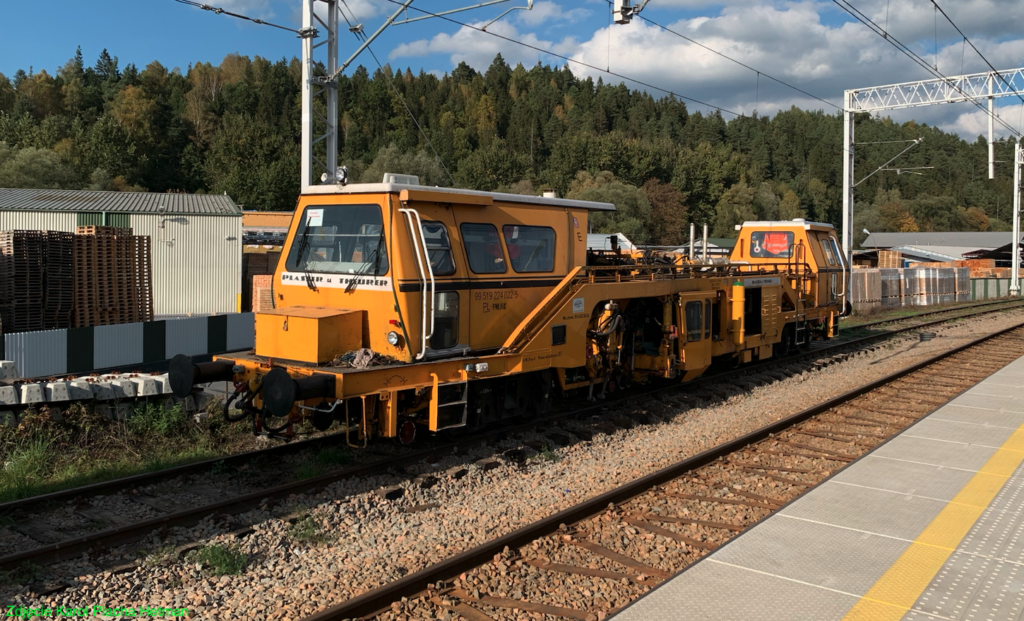
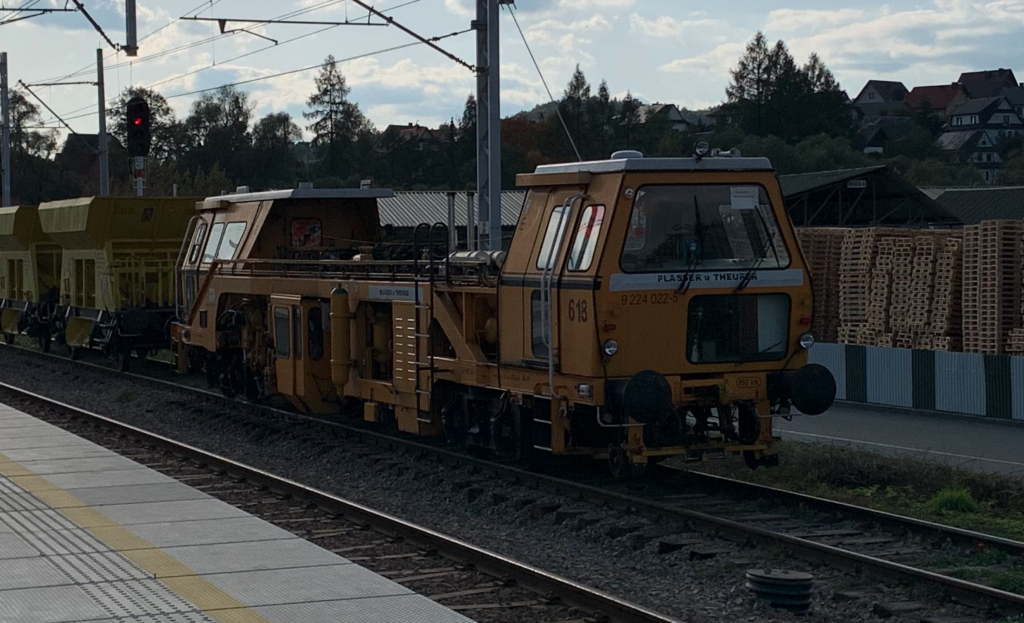
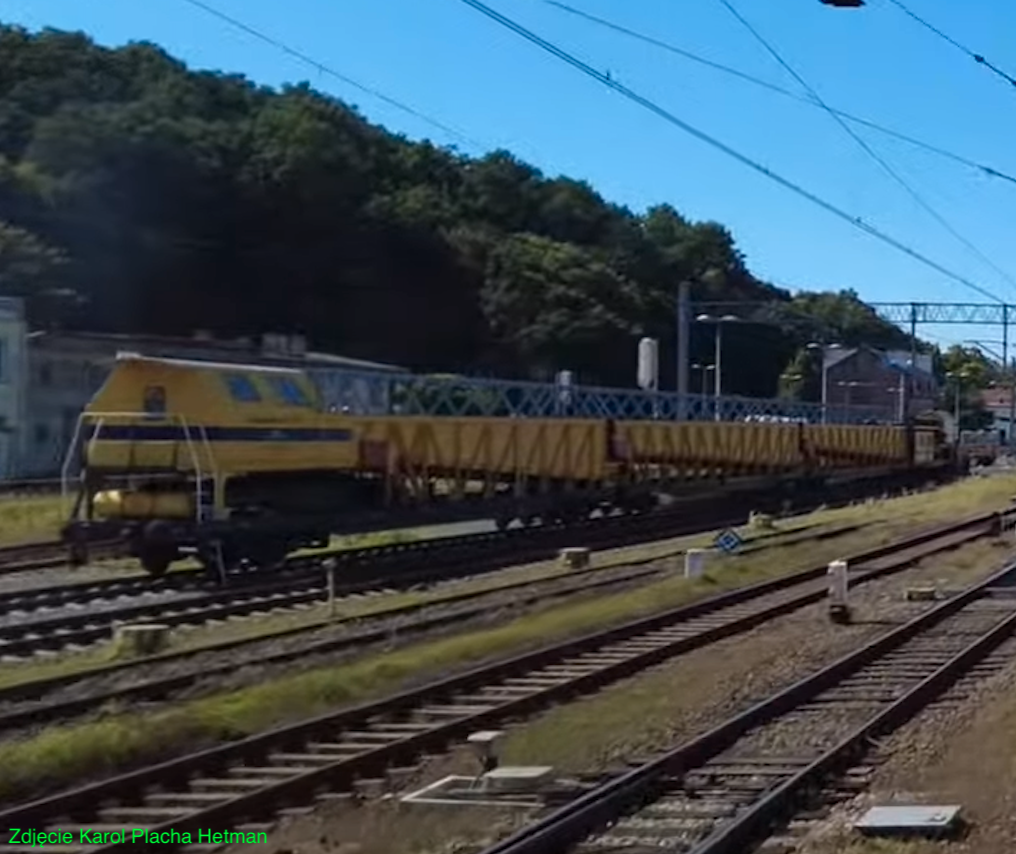
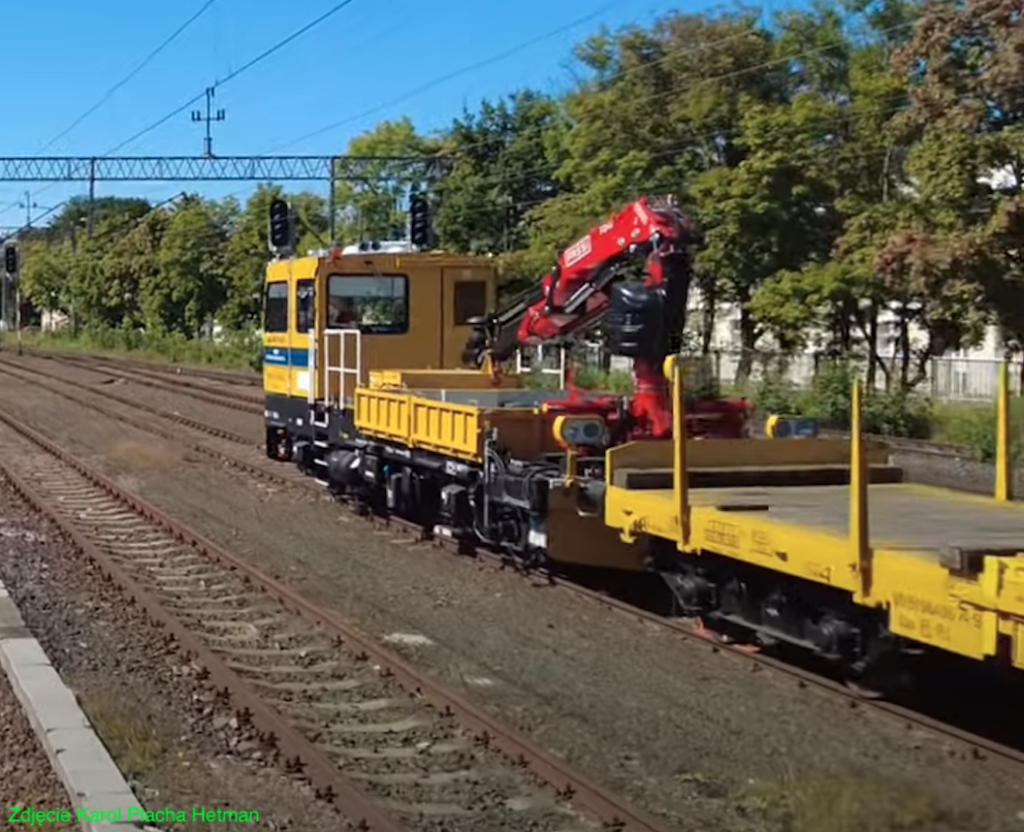
Ownership changes in the plant.
On the basis of the assets of the bankrupt company ZNTK “Stargard”, in April 2000, the Rail Vehicle Factory was founded. The new company employed slightly over 150 employees. The plant was focused on service activities and, to a small extent, on production.
Already in 2003, the company was again declared bankrupt. On the basis of the bankrupt company, on September 10, 2003, a new plant was established, which was taken over by the MTR company from Warsaw. On September 15, 2005, the MTR plant from Warsaw became the sole owner of the assets. Additionally, in 2004, part of the company’s premises was incorporated into the Stargard Industrial Park.
On April 12, 2006, the MTR company changed its name to the Rail Vehicle Factory. The company’s headquarters became Warsaw (Górczewska Street).
The plant began receiving orders for the delivery of specialist vehicles for companies related to the railway. Among others, they are sending PKP Energetyka, PKP SKM, Tramwajów Warszawskich and others. Orders have also been received from Thailand and Spain.
On 24 February 2015, PKP Polskie Linie Kolejowe concluded an agreement with Zakład Pojazdów Szynowych for the delivery of a two-unit diagnostic vehicle for rail defectoscopic tests and measurement of other track parameters.
In 2016, PKP Polskie Linie Kolejowe signed an agreement with Zakład Pojazdów Szynowych for the delivery of 6 railcars, and on 23 February 2018, for another 36 railcars. On 2 March 2017, Przedsiębiorstwo Napraw i Utrzymania Infrastruktury Kolejowej in Kraków signed an agreement for the delivery of a network train.
Currently (2024) Zakłady Pojazdów Szynowych produces: network trains, vehicles for power services, rail tractors, hydraulic platforms, cleaners and trains for ballast transport, scrapers, internal combustion trucks, trailers for trolleys, bulk material transporters, railcars, shunting tractors, technical rescue trains, devices for replacing turnouts, diagnostic wagons. Vehicles are also built for maintaining the tram network and the Warsaw metro. The plant also deals with the repair and modernization of its products.
In general, the plant deals with specialist vehicles for the construction and maintenance of the railway traction network, construction and renovation of the track bed, as well as vehicles used for diagnostics of railways, both in the field of electric traction and track surface. The company successfully obtains further certificates and permits allowing it to introduce into use further types of railway vehicles. It is the only manufacturer of such vehicles in Poland.
Written by Karol Placha Hetman
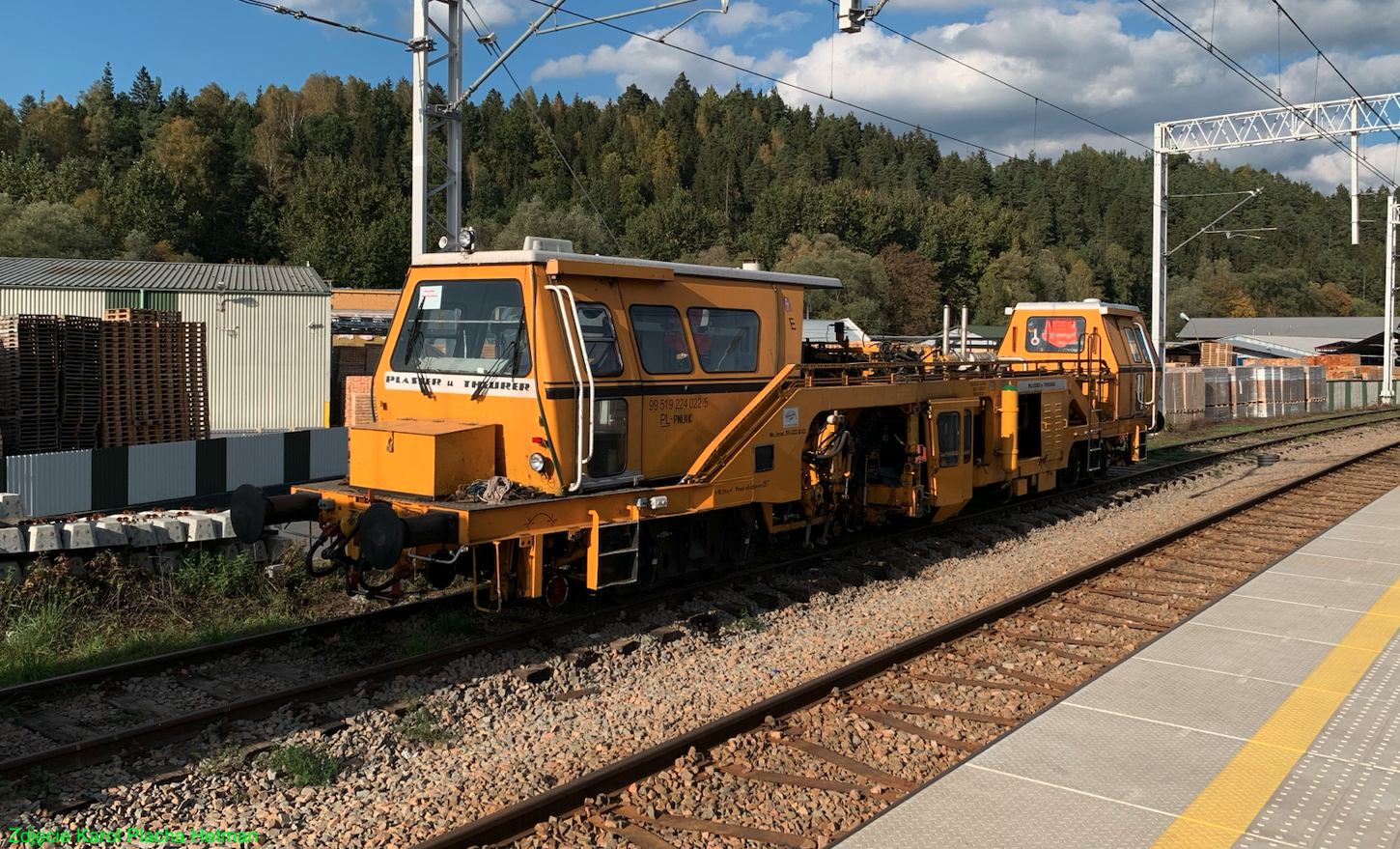
Leave a Reply
You must be logged in to post a comment.